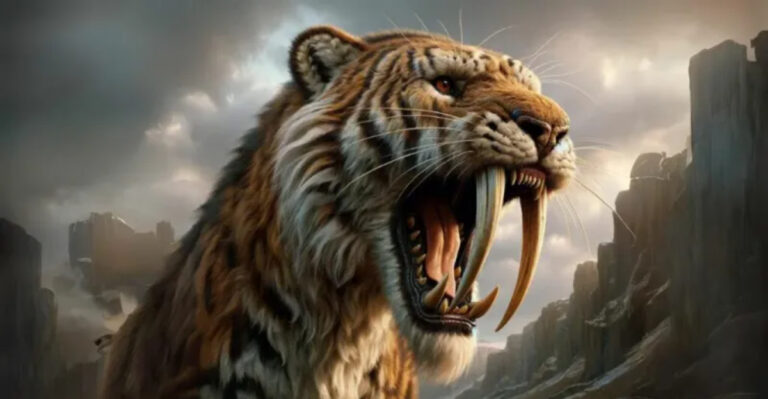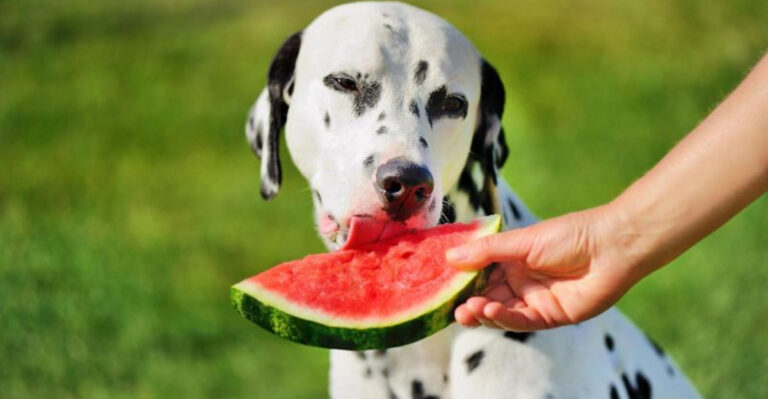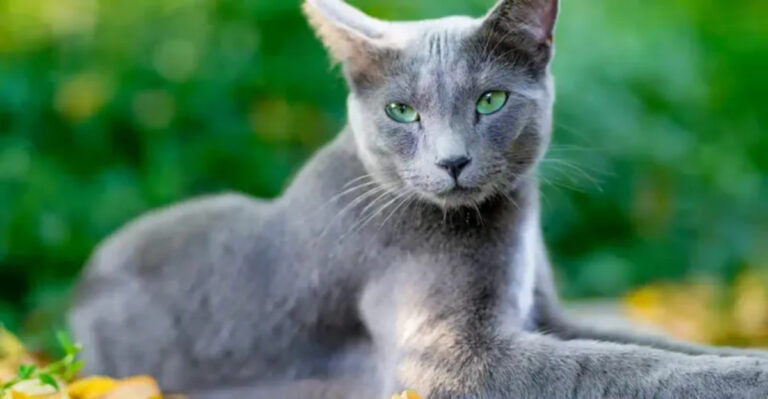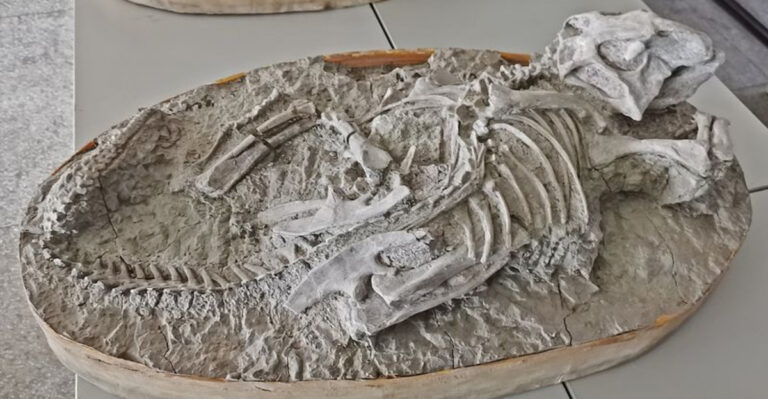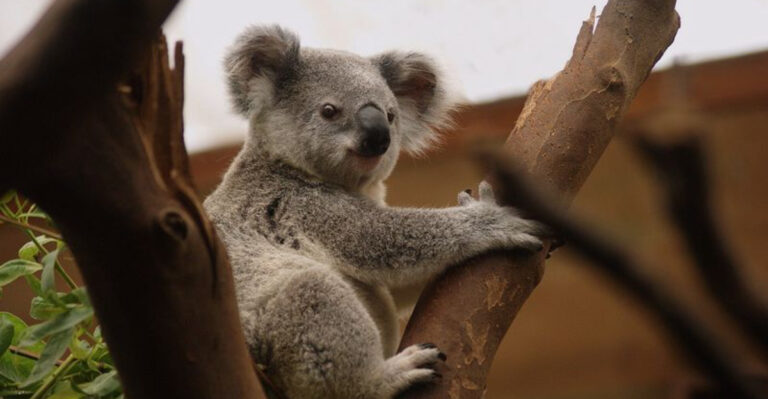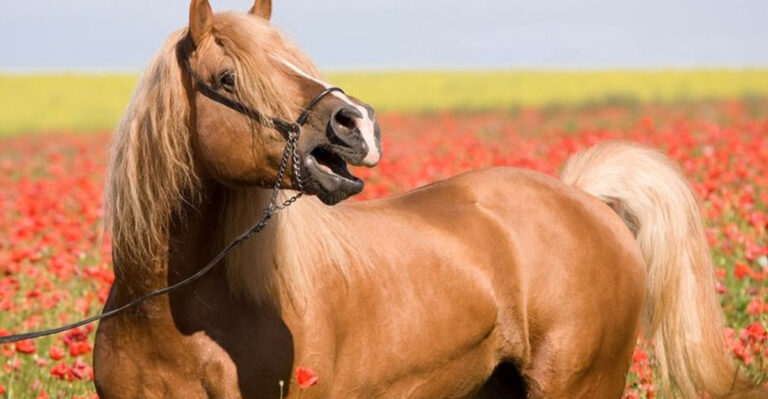18 Neediest Animals That Can’t Make It Alone
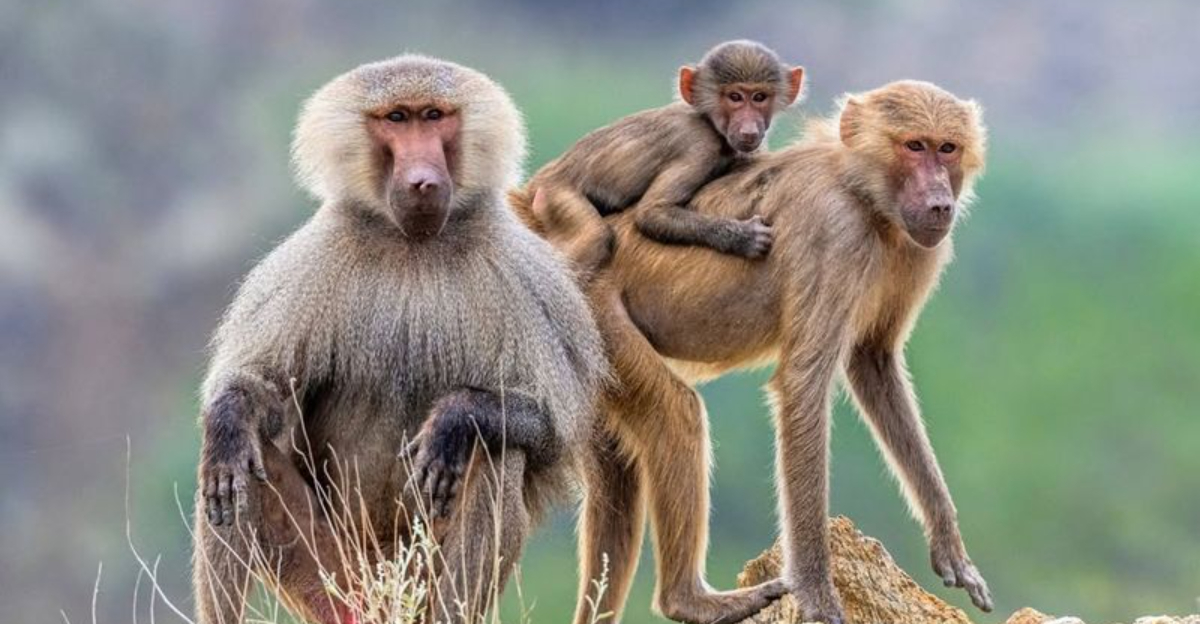
Ever wondered which animals just can’t go solo? These creatures rely heavily on others to survive, thrive, and sometimes just to get through the day.
From the depths of the ocean to the tallest treetops, these animals teach us the importance of companionship and cooperation. Each one has a unique story, highlighting the beauty and intricacy of nature’s web of reliance.
1. Clownfish

Imagine living amidst stinging tentacles and being completely immune to them! Clownfish have this superpower, allowing them to dance around sea anemones without a worry.
But here’s the catch: they can’t live without them! These vibrant fish rely on anemones for protection, while in return, they offer cleaning services.
That’s teamwork at its finest! Finding Nemo would be lost, literally, without their anemone buddies.
2. Emperor Penguin
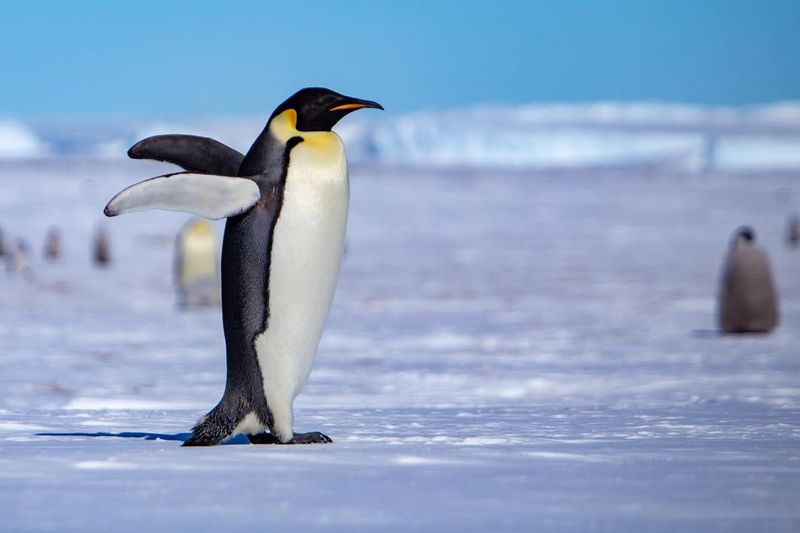
Chilling in the coldest place on earth, you’d think emperor penguins have it tough. But these social birds have a secret weapon: each other!
By huddling together, they create a toasty environment, sharing warmth during freezing Antarctic storms. This cooperative living is crucial for their survival, especially during the breeding season when warmth is everything.
3. Meerkat

Ever seen a bunch of tiny, standing guards in the desert? Meet meerkats, the ultimate team players.
These social mammals rely on a sentinel system, where one meerkat stands watch while others forage. It’s like having a built-in security system!
With their cooperative lifestyle, they thrive in the harsh desert environment, keeping predators at bay. Without their lookout, they’d be easy snacks for lurking predators.
4. Honeybee
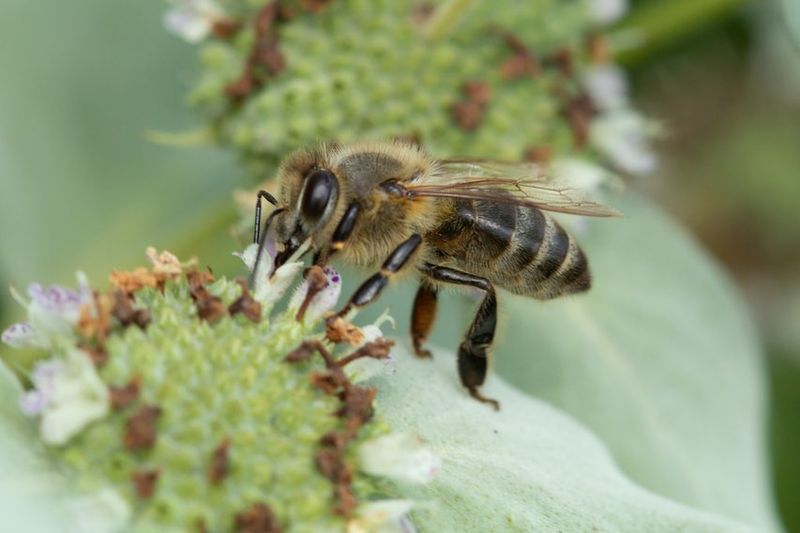
Think of honeybees as nature’s most efficient workaholics. Each bee in a hive has a specific role: from foragers collecting nectar to workers maintaining the hive.
This intricate system keeps the colony buzzing smoothly. Without the hive’s teamwork, honey production would come to a standstill.
So, next time you enjoy honey, remember a small army of bees made it possible!
5. Leafcutter Ant
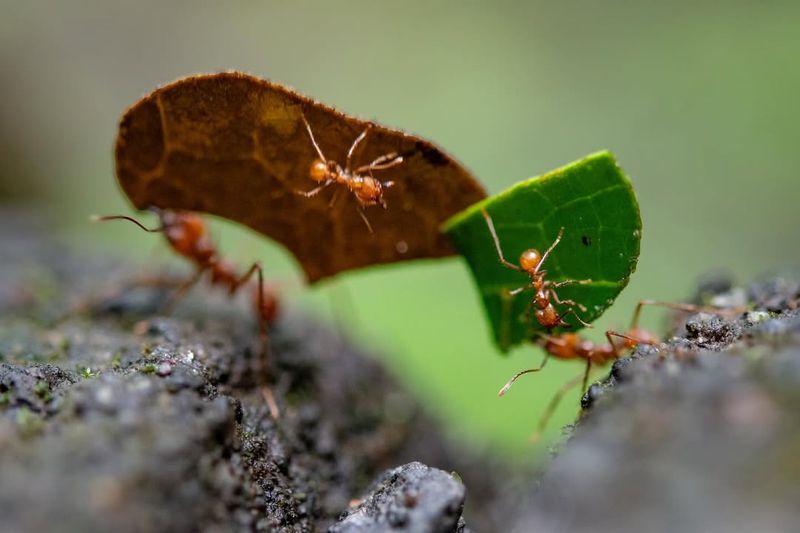
If you think ants are mere picnic pests, think again! Leafcutter ants are agricultural geniuses, cutting and carrying leaf pieces back to their colonies.
These leaves aren’t for eating but serve as a substrate to cultivate their fungus food. Their coordination is like a well-oiled machine, turning leaves into sustenance.
Without this collaborative farming, they’d be left hungry.
6. Naked Mole Rat
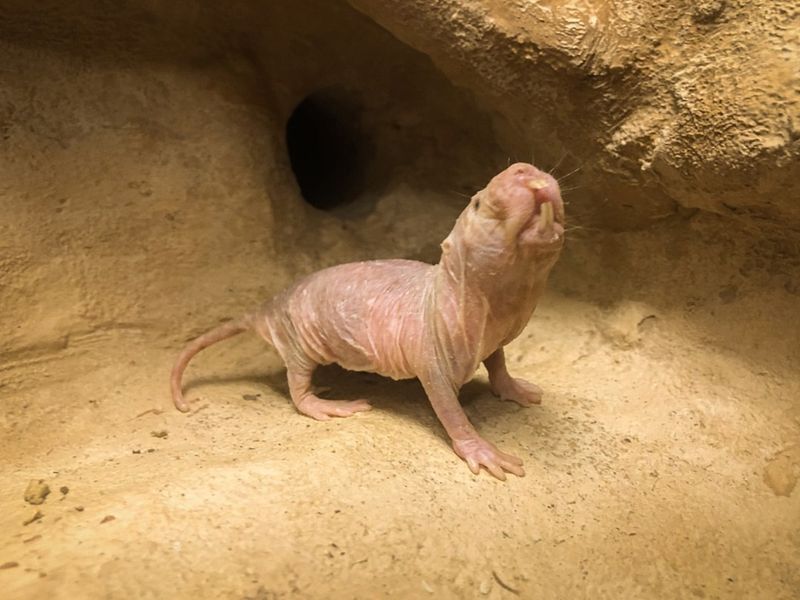
Bald, wrinkly, and living underground – naked mole rats are the quirky architects of teamwork. These social rodents live in colonies with a queen, much like bees.
They dig vast tunnel networks and share food resources, thriving in their subterranean world. Their communal living makes surviving harsh environments easier.
Without their cooperative society, these rodents would have a tough time battling the elements alone.
7. African Wild Dog
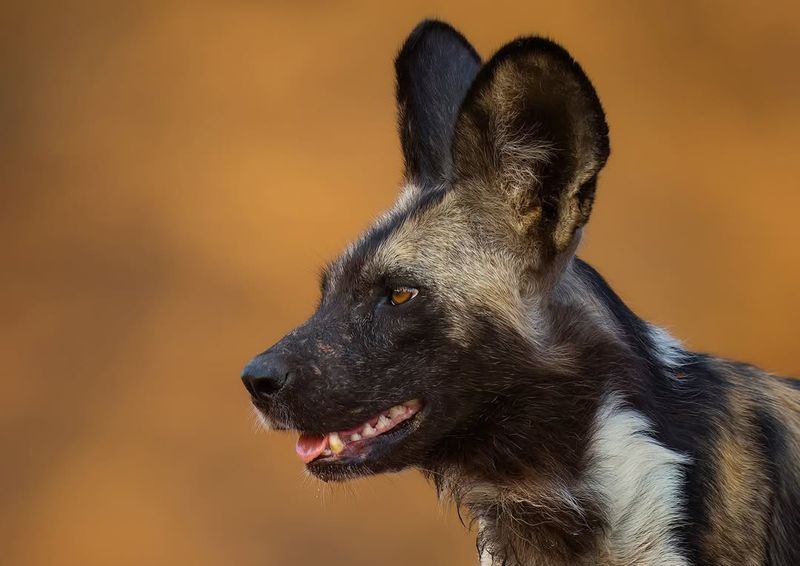
Not your average canine crew, African wild dogs are masters of cooperative hunting. Known for their strategic pack hunting, they coordinate attacks on prey with precision.
This teamwork ensures high hunting success, crucial for survival in the wild. Each member plays a role, from chasing to ambushing prey.
Without their cohesive pack, these dogs wouldn’t stand a chance against larger predators.
8. Baboons
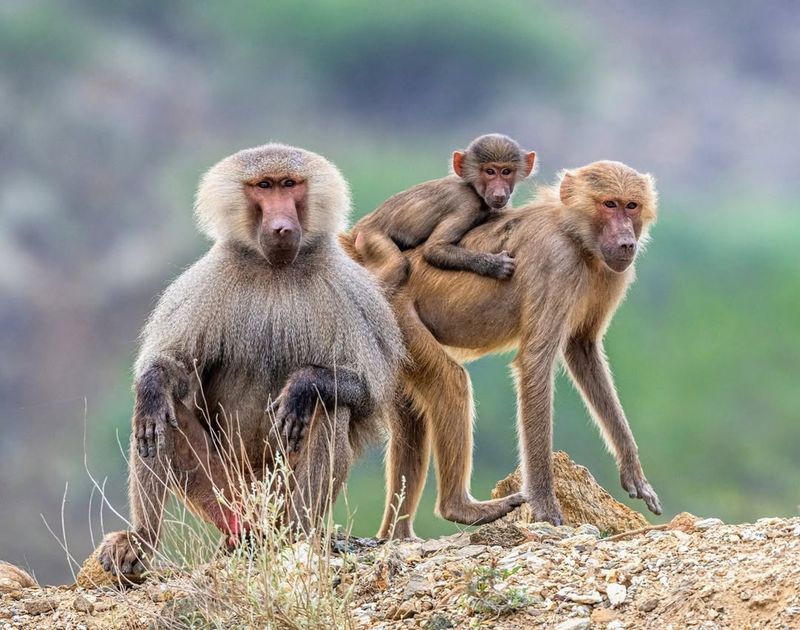
When it comes to socializing and teamwork, baboons are the experts. Living in large troops, they spend time grooming each other, building strong social bonds.
This interaction isn’t just about keeping clean; it’s essential for group cohesion. Their tight-knit communities provide protection against predators and rival troops.
9. Antarctic Krill
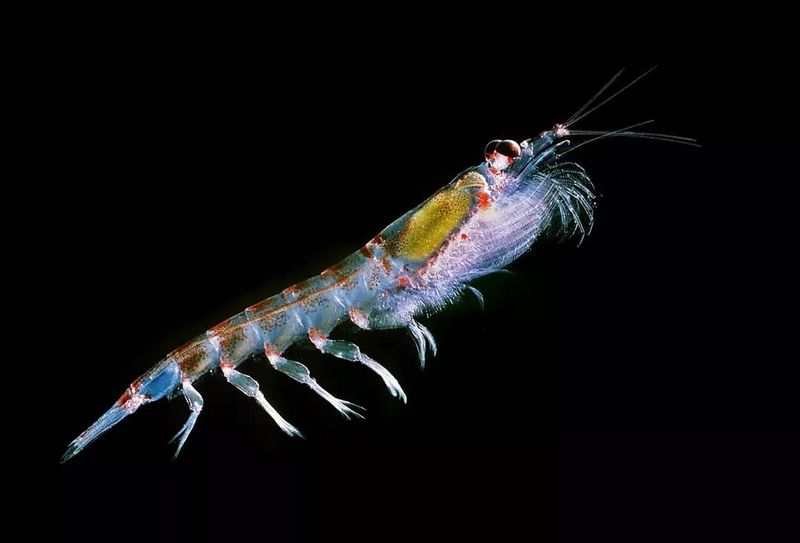
Small but mighty, Antarctic krill are the foundation of the oceanic food chain. These tiny crustaceans form large swarms, making them an easy target for predators like whales and seals.
But there’s strength in numbers! By swarming, they increase their chances of survival and efficient feeding.
Without this collective behavior, they’d be vulnerable to ocean predators.
10. Termites
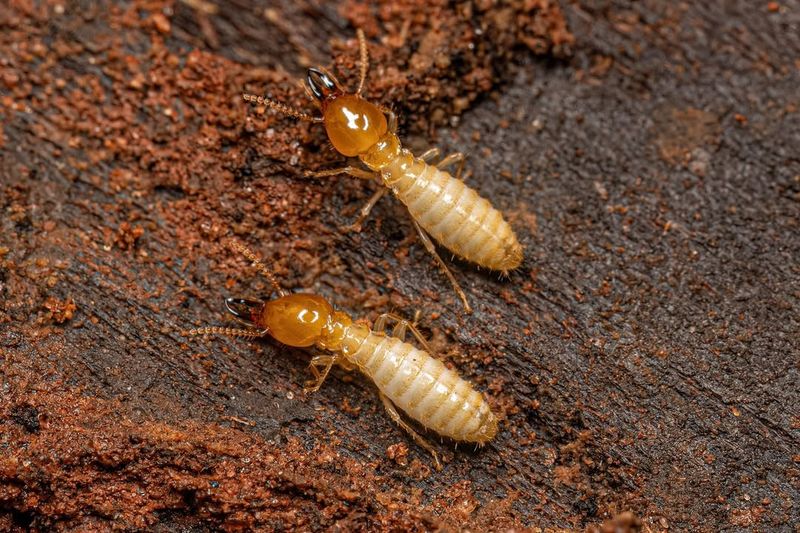
Termites are nature’s architects, building elaborate mounds and tunnels. Each termite plays a role, from workers to soldiers, ensuring the colony’s success.
Their collective effort keeps the colony thriving, recycling wood and building materials. Without teamwork, their structures would crumble, and survival would be at risk.
Next time you see a termite mound, appreciate the tiny engineers behind this architectural wonder!
11. Elephants
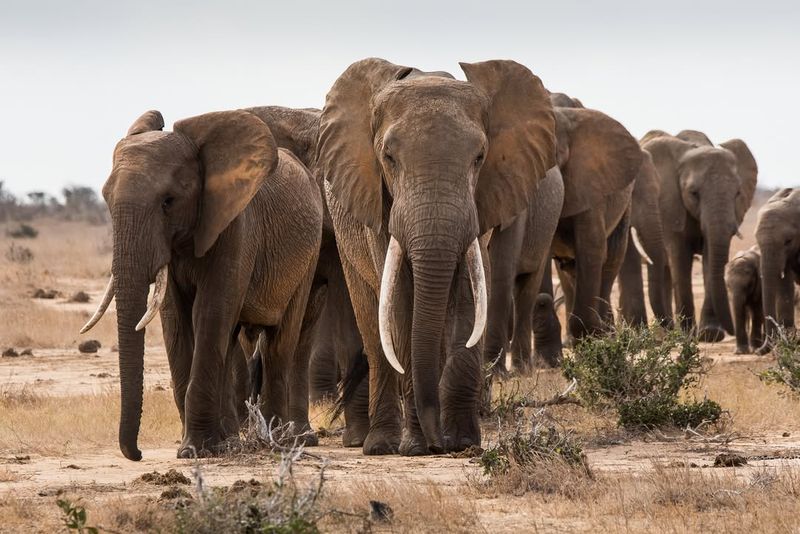
Imagine a giant family reunion – every day! Elephants live in tight-knit herds, led by a matriarch who guides and teaches younger members.
Their strong social bonds provide protection, especially for calves. Elephants communicate through low-frequency sounds, keeping the herd connected.
Without their social structure, survival would be challenging in the wild.
12. Japanese Macaque
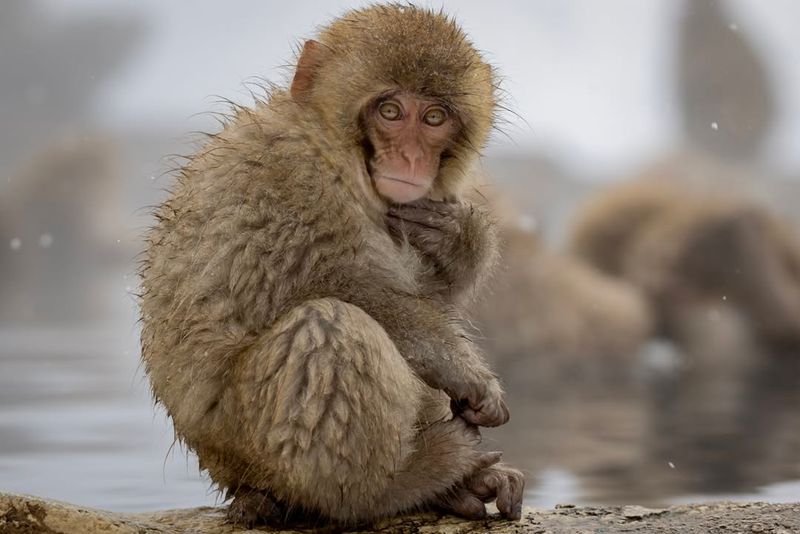
Winter can be brutal, but Japanese macaques have found the ultimate way to beat the chill – hot tubs! Known for their love of hot springs, these monkeys soak together to stay warm in freezing temperatures.
This communal bathing not only provides warmth but strengthens social bonds. Without their hot spring hangouts, surviving harsh winters would be daunting.
13. Dolphins
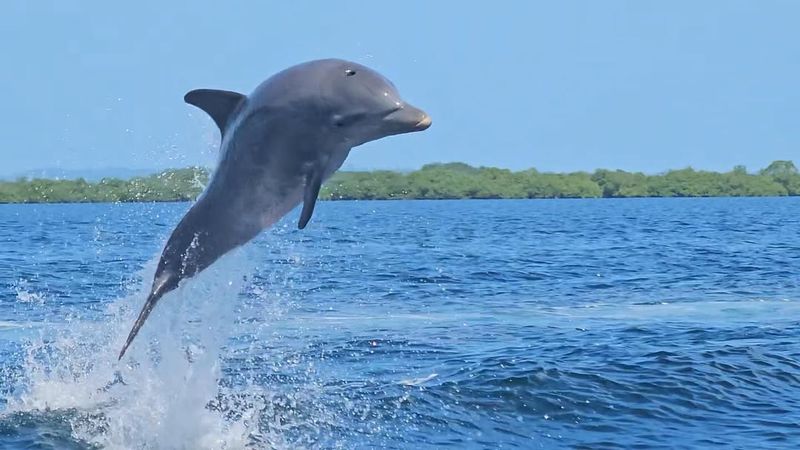
Dolphins are the ocean’s social butterflies, living in pods that offer companionship and protection. They communicate through clicks and whistles, coordinating hunting and navigation.
This teamwork is crucial, especially when hunting fish. Their playful nature strengthens social bonds, ensuring survival in the vast ocean.
Truly, they remind us of the joy and necessity of friendship in life.
14. Spotted Hyena
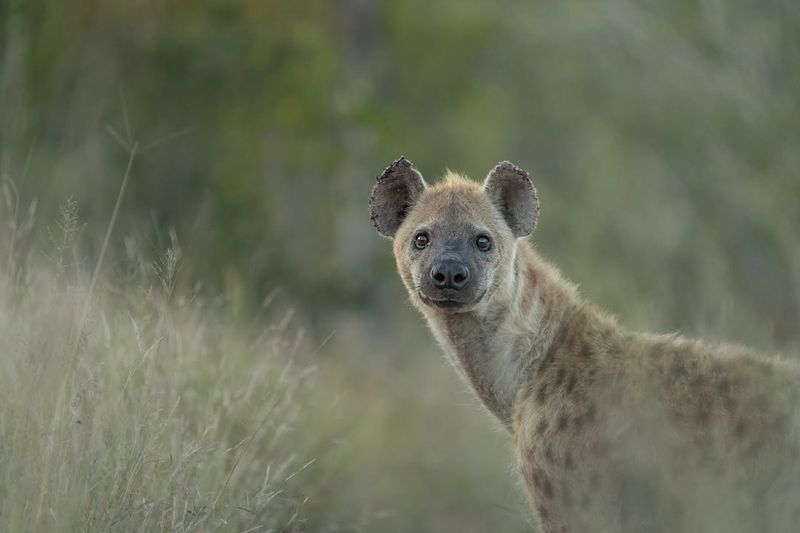
Hyenas might get a bad rap, but they’re social powerhouses! Living in clans led by dominant females, they collaborate to hunt and defend territories.
Their social structure ensures survival in the wild, with each member playing a role. Without their clan, hyenas would struggle against larger predators.
Next time you hear their laughter, remember it’s the sound of a well-coordinated team in action!
15. Prairie Dogs

Prairie dogs might seem like cute rodents, but they’re highly social creatures with complex communication skills. Living in colonies, they watch out for predators, alerting each other with distinct calls.
Their burrow systems provide shelter and community, crucial for survival on the plains. Without their social network, they’d be easy prey.
These chatty critters show us the importance of a strong neighborhood watch!
16. Social Weaver
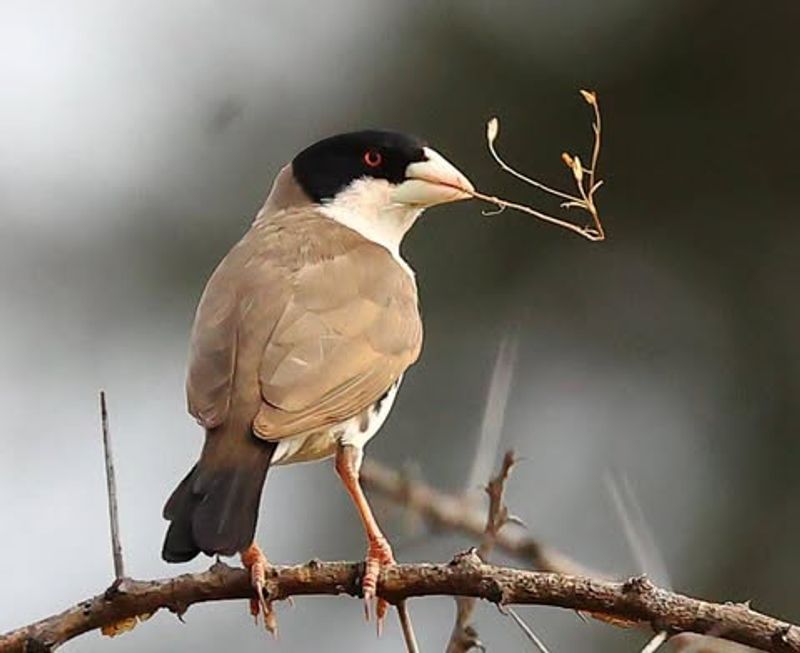
Social weavers are the ultimate co-op residents, constructing massive communal nests in trees. These nests house hundreds of birds, providing protection from predators and harsh weather.
The birds work together to maintain their home, ensuring the colony’s success. Without this cooperative living, they’d be vulnerable in the wild.
17. Orcas
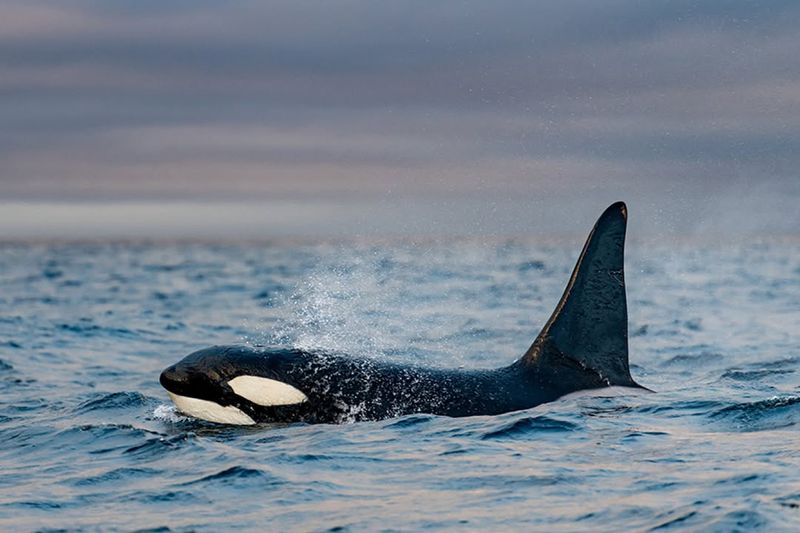
Orcas are the ocean’s top predators, thanks to their teamwork. Living in pods, they use sophisticated hunting techniques to catch prey, from fish to seals.
Each orca plays a role, ensuring hunting success. Their social bonds are strong, with pods often staying together for life.
Without their pod, survival would be tough in oceanic waters.
18. Chimpanzees
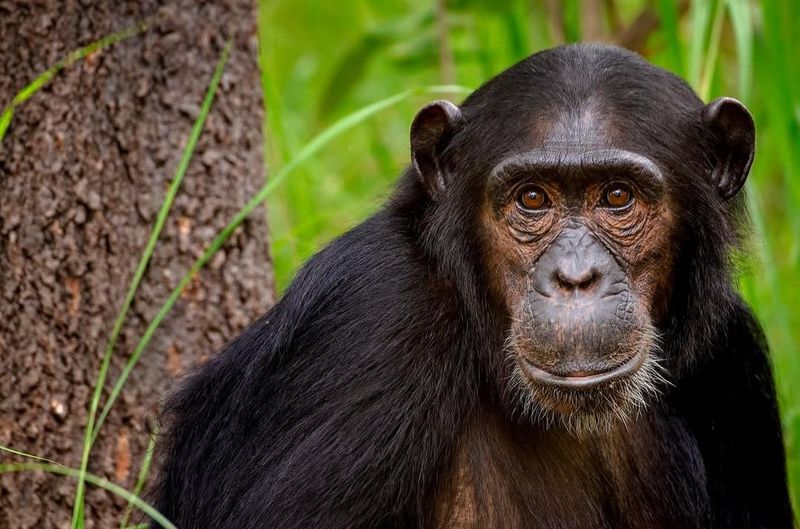
When it comes to social dynamics, chimpanzees are fascinating! Living in communities, they groom each other to build and maintain bonds.
This grooming is essential for social harmony and survival, as it reduces stress and strengthens alliances. Their complex social structure provides protection and resource access.
Without these bonds, chimpanzees would face isolation and challenges in the wild.

